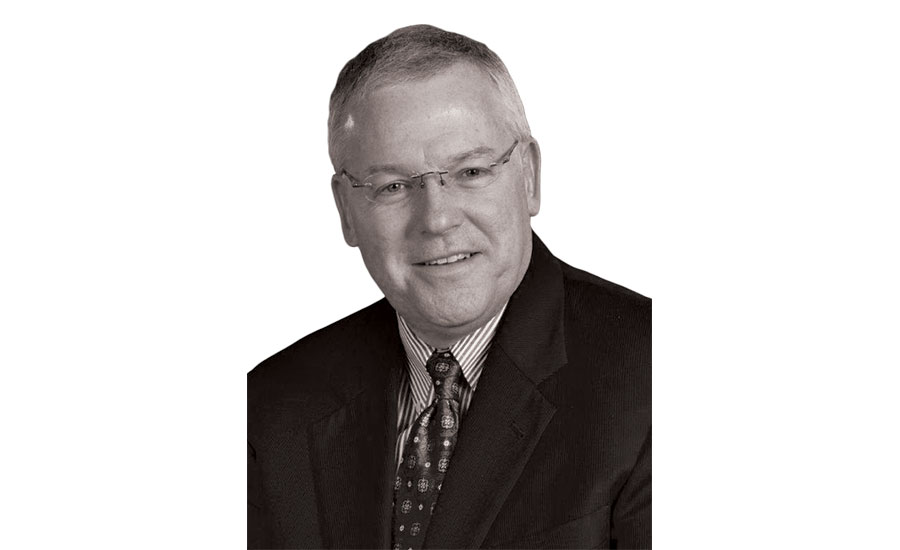Calvin "Cal" Beyer
Issaquah, Wash.
ENR 2/29/16 p. CBQ8
Risk professional pushes construction leaders to take steps to improve how their firms handle mental health issues .
Cal Beyer has spent most of his career trying to save lives. Beyer, 55, who has worked for nearly 30 years as a risk and insurance professional, recently took his vast safety experience in a new direction—helping the construction industry to prevent suicides within its ranks.
Beyer points to a new set of statistics, released last July by the Centers for Disease Control and Prevention, that ranks construction second-highest and architecture and engineering fifth-highest among all industries for suicides. The report says the overall suicide rate for construction and mining is 53.3 per 100,000 employees. For engineers and architects, the rate is 32.2 suicides per 100,000 employees.
“This is not just a mental health problem,” Beyer says. “Everybody knows someone affected by suicide. It’s a real, everyday occurrence [that typically has been] swept under the carpet because nobody wants to talk about it.” That’s especially true in construction because of its “tough-guy culture,” he adds. “In police and fire departments, post-traumatic stress and grief counseling is made available as part of the job, but this isn’t happening in construction. Beyer, a Wisconsin native who worked in a hospital at age 16 and lost a longtime friend to suicide in 2015, is now the director of risk management for asphalt paving firm Lakeside Industries, in Issaquah, Wash. A few years back, he decided that, in order to push for better awareness, the industry needed to begin working more closely with mental health professionals, including suicide prevention expert Sally Spencer-Thomas, CEO and cofounder of the Denver-based Carson J. Spencer Foundation. “The tough exterior of many construction workers can prevent them from reaching out and getting much-needed support and treatment,” according to Spencer-Thomas.
Beyer’s work of several years on the issue coalesced into “a perfect storm” of progress in April 2016, when more than 100 industry professionals attended a suicide-prevention summit in Phoenix. Also last year, a comprehensive media campaign led to more than 35 industry associations joining the prevention effort.
“Now, we need to get firms to integrate the message into their health and safety programs,” Beyer says. “It all starts with executive awareness and advocacy.”





Post a comment to this article
Report Abusive Comment